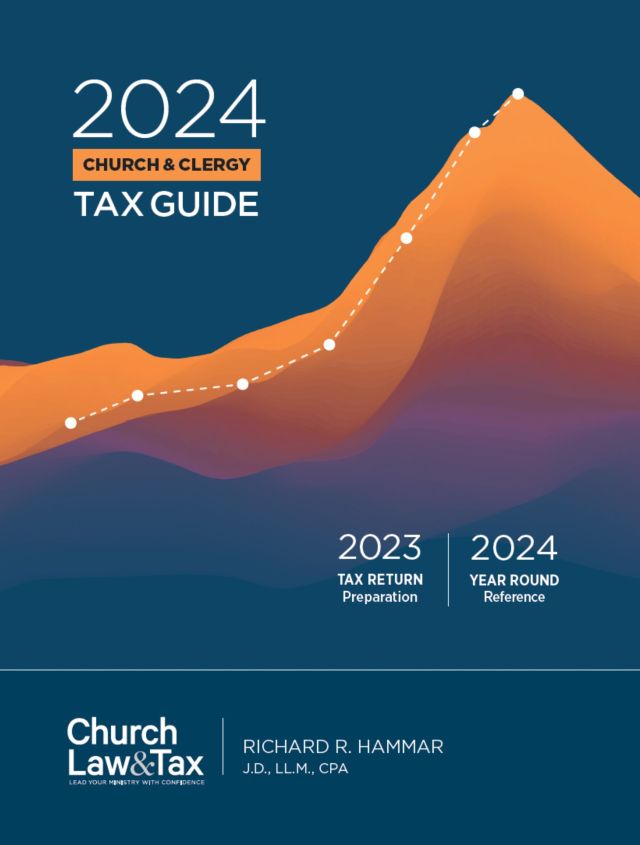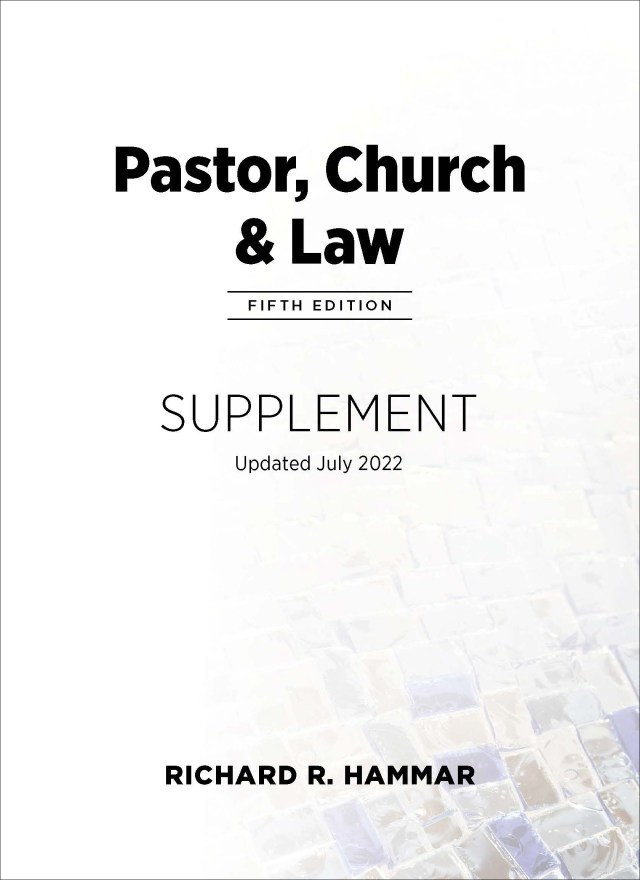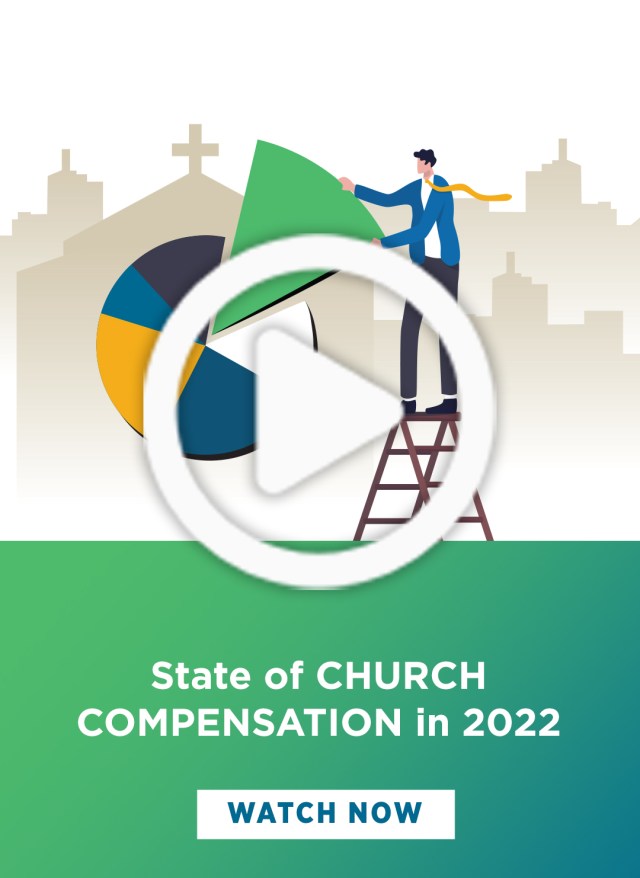Key point. Most cities have enacted building codes that prescribe minimum standards in the construction of buildings. The courts have ruled that these laws may be applied to churches so long as they are reasonably related to the promotion of public health and safety.
A federal court in Wisconsin ruled that a church was not entitled to a restraining order barring further contamination of its property by an adjacent property that for many years had been used as a gas station. A gas station was opened in 1955. The station had a history of gasoline spills including a significant petroleum spill which occurred in 1983. In 1996 the Wisconsin Department of Natural Resources issued the owner a letter demanding that it address the spills. The owner hired an engineering company that remediated the property to a level approved by the state.
In 2001, a church purchased property adjacent to the gas station. It was not aware that the property was contaminated from the gasoline spills which had occurred next door and had migrated to its property. The church also was not aware that the previous owner of its property discovered gasoline in the basement sump or that vapors had intruded into the building’s basement where the church eventually located its school classrooms.
In 2006 another gasoline spill occurred on the adjacent property and migrated to the church. This spill migrated into footing drain tiles and the basement sump, and resulted in gasoline odors that caused some teachers and students to complain of headaches, dizziness, and nausea. Some people also were coughing. The next day, the state declared the church’s property to be uninhabitable, set up an emergency venting system, and ordered the electricity be shut off to avoid an explosion.
The church hired an emergency response contractor to excavate contaminated soil and install a blower to address vapors from contamination that could not be removed. Thereafter the state determined that the building was safe and allowed the church to reoccupy and use its building.
The church filed a motion for a preliminary injunction in a local court pursuant to the federal Resource Conservation and Recovery Act (RCRA) in which it sought an order requiring the adjacent property owner “to take specific investigatory and remedial steps to protect the children, teachers, staff, church members, and employees who use our building from the gasoline saturated soils and ‘free product’ beneath our building and the gasoline vapors which are emanating from our basement.” The church asserted that an injunction was necessary because its neighbor had not taken the necessary steps to protect pupils, teachers, and parents who utilize its basement school from the imminent hazard to human health created by the gasoline spills.
RCRA is a comprehensive statute governing the treatment, storage and disposal of hazardous waste. Its primary purpose is to limit the harmful effects of hazardous waste “to minimize the present and future threat to human health and the environment.” A citizen may bring suit under RCRA “against any person, including … any past or present generator … who has contributed or who is contributing to the past or present handling … of any solid or hazardous waste which may present an imminent and substantial endangerment to health or the environment.” RCRA bars any monetary damages, and limits relief to injunctions.
RCRA permits a private party to bring suit only upon a showing that the solid or hazardous waste at issue “may present an imminent and substantial endangerment to health or environment.” With respect to this restriction, the Supreme Court has concluded that: “The meaning of this timing restriction is plain: An endangerment can only be imminent if it threatens to occur immediately, and the reference to waste which may present imminent harm quite clearly excludes waste that no longer presents such a danger.”
The court rejected the church’s request for an injunction on the ground that there was insufficient evidence of an “imminent and substantial endangerment to health.” It concluded:
On May 1, 2006, the state determined that the building was safe and the church was allowed to reoccupy and use its building. Since May 1, 2006, the church has been using the basement of the building without interruption. Nevertheless, it asserts that gasoline vapors are present in the building endangering its occupants. The vapors, according to the church, may be at concentrations below the odor threshold, but are at concentrations that are harmful to children.
The state conducted passive dosimeter sampling in the building in November 2006. In a December 14, 2006 letter to the pastor, it stated that it “did not find an indoor air problem of health concern” at the building. Although benzene was detected in the church on the first floor at a level below the lab’s ability to quantify, it was not detected in either the sump closet or the computer lab, both of which are located in the basement. Additionally, “the levels of [other] contaminants that were detected in the air via the sampling by the health department were extremely low or not detected.”
In further support of its decision, the court noted that “although there is evidence that gasoline vapors exist under the church building, there is no evidence that the compounds under the concrete slab of the building are migrating into the basement air.”
It referred to a chemical analysis of samples collected from under the basement slab and the air data taken in the building by the state which showed that the vapors under the slab did not match chemicals found in the basement air and therefore were not migrating into the building. Therefore, an “exposure pathway” from the adjacent property to the church basement did not exist.
The court also pointed out that the levels of benzene in the air of the church building were comparable to background levels of benzene in the community, and that some of the compounds that were identified in the air were those also found in materials other than gasoline, such as glass cleaner, floor cleaners, polishes, varnish, paint, and nail polish.
The court concluded: “In sum, based on the evidence presented, the church has not established that there is a complete exposure pathway from any gasoline vapors in the sub-slab under the basement …. The church has not shown that gasoline vapors are present in its building creating ‘an imminent and substantial endangerment to health or environment.’ Therefore, the church’s motion for a preliminary injunction will be denied.” KJG Investments Inc., 2009 WL 2460990 (E.D. Wis. 2009).
This Recent Development first appeared in Church Law & Tax Report, November/December 2010.




